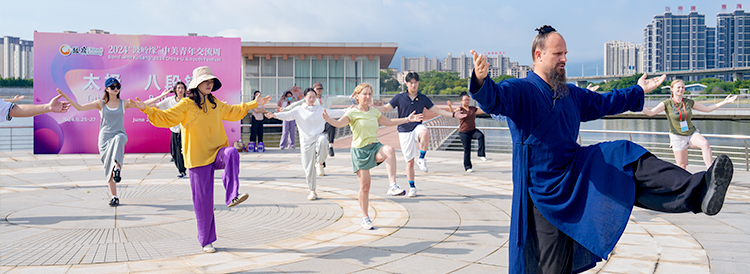


Fuzhou is also named Banyan city. Located in the eastern part of Fujian and downstream of the Minjiang River, it is the capital of Fujian province. With a total area of 12,000 square kilometers and a population of 8.50 million, Fuzhou now has 6 districts, 1 county-level city, and 6 counties under its jurisdiction. President Xi Jinping once affectionately said that Fuzhou is a blessed city and Fuzhou people are blessed people.
Fuzhou has a long history and rich cultural heritage. Fuzhou is a renowned historic and cultural city in China with a history of more than 2,200 years. It is a city of profound culture, as Tanshi Mountain Culture, Naval and Shipbuilding Culture, Three Lanes and Seven Alleys, and Shoushan Stone Culture are four distinctive name cards in this regard. It is worth mentioning that Three Lanes and Seven Alleys is listed as one of the top 10 China's historic districts and home to historical figures such as Lin Zexu, Shen Baozhen, and Yan Fu.
Fuzhou boasts a prosperous economy and competitive overall strength. In 2024, the city's GDP reached 1.42 trillion yuan with a year-on-year growth rate of 6.1%. Boasting six 100-billion-yuan industrial clusters including textile and chemical fiber, light and food industries, machine manufacturing, metallurgy and building materials, electronic information, and energy, Fuzhou has now become one of the southeast coastal cities with high-level industrial agglomeration and well-developed infrastructure.
Fuzhou enjoys convenient transportation and geographical advantages. Located in the southeastern part of China, Fuzhou stands on the other side of Taiwan Strait and is adjacent to Hong Kong and Macao, having a close relationship with Southeast Asian countries. So far, Fuzhou has built a diverse and multifunctional traffic network covering sea, land, and air transportation. The journey starting from Fuzhou to any other cities of Fujian province takes no more than 4 hours by expressway. The Changle International Airport now has 125 domestic and international air routes, connecting Fuzhou with 96 cities globally.
Fuzhou is close to Taiwan and home to many overseas Chinese, embracing the outside world. It is the provincial capital in the Chinese mainland that is nearest to Taiwan, with Huangqi Peninsula situated less than 8,000 meters away from Mazu Island. Moreover, there are more than 800,000 people of Fuzhou origin living in Taiwan. At the same time, Fuzhou is a well-known ancestral home of overseas Chinese, as over 4 million overseas Chinese are from Fuzhou, living and working in 177 countries and regions worldwide. Fuzhou is developing a new pattern of opening up in all aspects and has established the relationship of friendship cities with 23 cities of 16 countries in 5 continents around the globe.
Fuzhou has beautiful scenery and a pleasant ecological environment. With a forest coverage rate of 58.41%, Fuzhou is one of the greenest cities in China, ranking second in all Chinese provincial capitals. It is also one of the cities with the best air quality, ranking fourth among the 168 major cities.
Fuzhou enjoys multiple preferential policies and broad development prospects. The central government attaches great importance to the development of Fuzhou and has granted it preferential policies of development including Fuzhou New Area, Core Area of the Maritime Silk Road, Pilot Free Trade Zone, Pilot Zone for Ecological Conservation, Innovation Demonstration Zone, and Demonstration Zone of Marine Economy Development. In recent years, a sound policy system supporting the growth of real economy has been established, with a series of preferential policies for enterprises rolled out, including 36 measures targeting the private sector.

